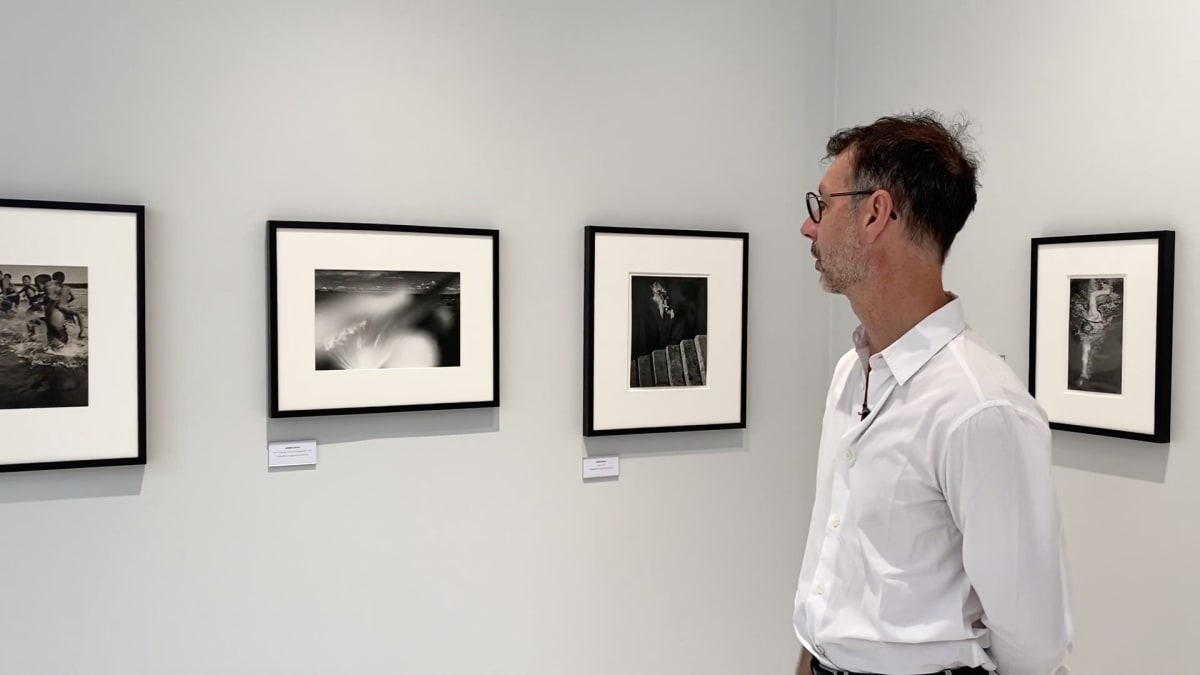Claude Tolmer Français, 1911-1991
Claude Tolmer, French photographer, graphic designer, and art director whose work blended visual experimentation with modern commercial creativity.
He first trained as a painter under André Lhote before working as a commercial artist and later as art director within his family’s renowned publishing house, Maison Tolmer. Drawn increasingly to photography, he introduced modernist photography into the visual language of commercial imagery at a time when print production was at its peak.
In his own studio, Tolmer experimented with innovative techniques such as photograms, cliché-verre, and photomontage, often combining them with painting and drawing. This multidisciplinary approach allowed him to craft a playful yet rigorously structured visual aesthetic.
In 1931, several of his works were featured in Mise en pages: The Theory and Practice of Lay-Out, a groundbreaking publication on graphic design authored by Alfred Tolmer and published in London. The book included contributions from Jean Moral and became a major reference in the history of graphic design.
Beyond his commercial projects, Claude Tolmer photographed street scenes in Paris — barges on the Seine, flea markets, and urban life — approaching them as formal exercises that played with abstract shapes, reflections, and unusual angles, reminiscent of the contemporaneous work of Brassaï, Germaine Krull, and André Kertész.
His photographs, both experimental and grounded in everyday reality, reflect a distinctive visual modernity. Today, his work is held in several public collections, including the Metropolitan Museum of Art in New York, which houses Orly (1932), a gelatin silver print that exemplifies his style.
-
 Untitled, ca. 1930View more details
Untitled, ca. 1930View more details


